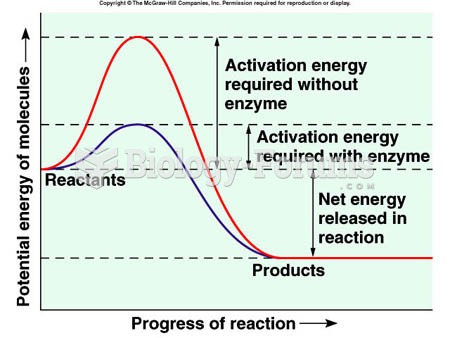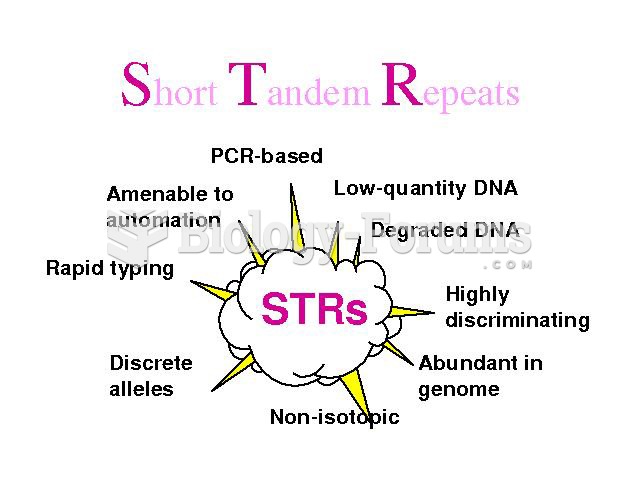Answer to Question 1
ANS: Looking for a technique other than hypnosis for helping a patient recall repressed material, Freud asked patients to lie on a couch while he sat behind it, out of sight. His reason for staying out of sight and hidden from the patients was both personal and professional. He called this technique free association. Freud encouraged his patients to relax and concentrate on events in the past. They were supposed to engage in a kind of daydreaming out loud, saying whatever came to mind. Patients were told to express spontaneously every idea and image exactly as it occurred, no matter how trivial, embarrassing, or painful the thought or memory might seem. The memories were not to be omitted, rearranged, or restructured.
Freud believed that dreams represent, in symbolic form, repressed desires, fears, and conflicts. So strongly have these feelings been repressed that they can surface only in disguised fashion during sleep. He argued that there were two aspects of dreams: the manifest content, which refers to the actual events in the dream; and the latent content, which is the hidden symbolic meaning of the dream. Over the years, Freud found consistent symbols in his patients' dreams, events that signified the same thing for nearly everyone. Dreams reveal conflicts in a condensed, intensified form. Dream events rarely result from a single cause, and any event in a dream can have many sources. Dreams may also have mundane origins.
Both of these Freudian assessment techniquesfree association and dream analysisreveal to the psychoanalyst a great deal of repressed material, but all of it is in disguised or symbolic form. The therapist then must interpret or translate the material for the patient.
Answer to Question 2
ANS: Freud sensed strong sexual conflicts in the infant and young child, conflicts that seemed to revolve around specific regions of the body. From these observations, he derived his theory of the psychosexual stages of development; each stage is defined by an erogenous zone of the body. In each developmental stage, a conflict exists that must be resolved before the infant or child can progress to the next stage.
1. Oral stage: The oral stage, the first stage of psychosexual development, lasts from birth until some time during the second year. During this period, the infant's principal source of pleasure is the mouth. The infant derives pleasure from sucking, biting, and swallowing.
2. Anal stage: Around the age of 18 months, a new demand, toilet training, is made of the child. Freud believed that the experience of toilet training during the anal stage had a significant effect on personality development. Defecation produces erotic pleasure for the child, but with the onset of toilet training, the child is put under pressure to learn to postpone or delay this pleasure. For the first time, gratification of an instinctual impulse is interfered with as parents attempt to regulate the time and place for defecation.
3. Phallic stage: Around the fourth to fifth year, the focus of pleasure shifts from the anus to the genitals. Children at the phallic stage display considerable interest in exploring and manipulating the genitals, their own and those of their playmates. The child becomes curious about birth and about why boys have penises and girls do not.
4. Latent stage: The storms and stresses of the oral, anal, and phallic stages of psychosexual development form the basic material out of which most of the adult personality is shaped. Because the child and parents certainly could use some rest, the next 5 or 6 years are quiet. The latency period is not a psychosexual stage of development. The sex instinct is dormant during this time.
5. Genital stage: The genital stage, the final psychosexual stage of development, begins at puberty. The body is becoming physiologically mature, and, if no major fixations have occurred at an earlier stage of development, the individual may be able to lead a normal life.







